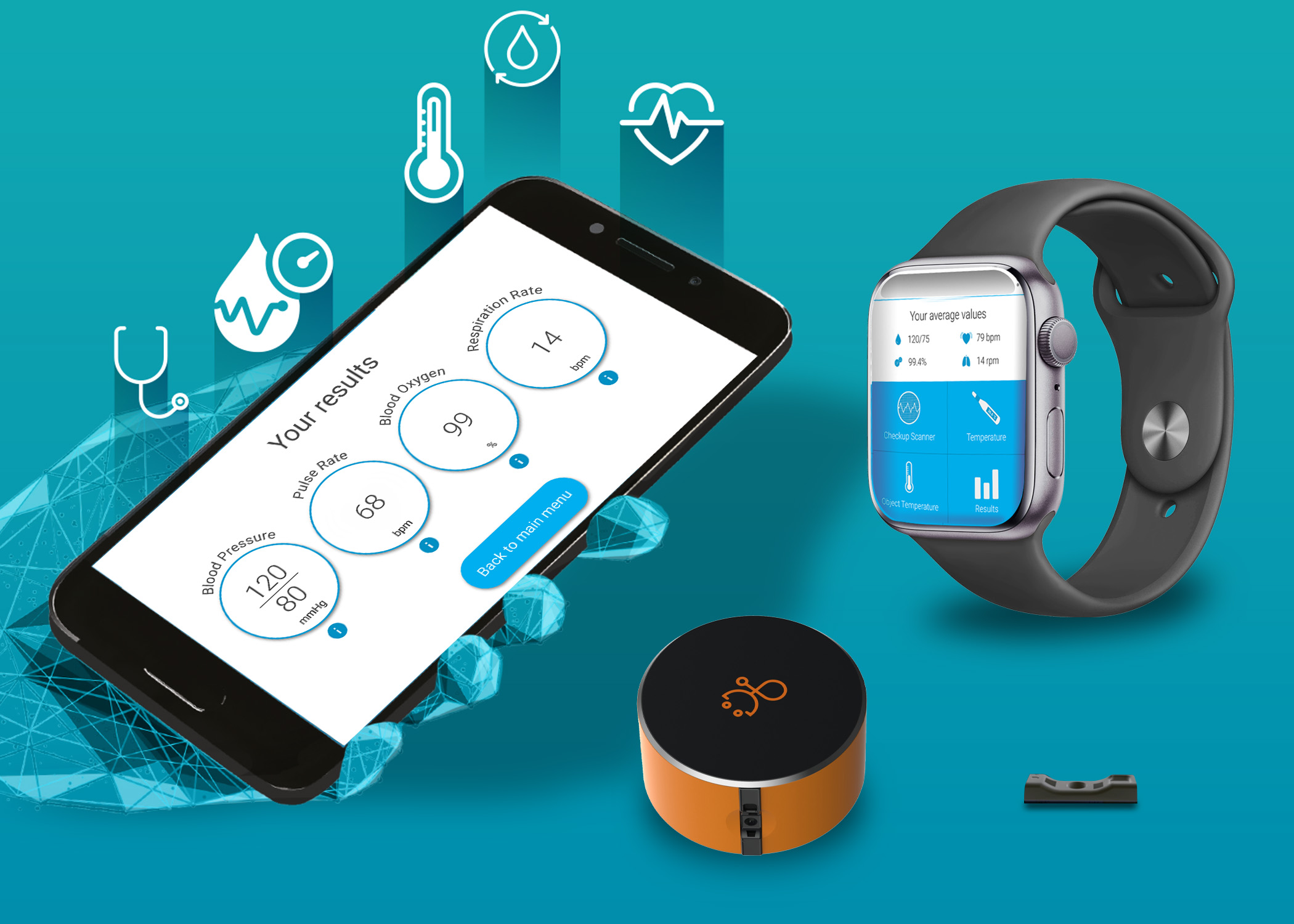
The size and frequency stability of clocking products influence the dimensions and power consumption of an end device. The developers of battery-operated products in particular require precise and compact frequency generators – an overview of the current state of technology in the oscillating quartz market.
时钟产品的尺寸和频率稳定性会影响终端设备的尺寸和功耗。电池供电产品的开发人员尤其需要精确而紧凑的频率发生器——这就是石英晶振目前的发展趋势。
Quartz crystals (or just quartz) was developed into practicable quartz for use in radio engineering at the start of the 1920s. Today, we simply can’t do without quartz in our modern, technological lives. Over recent years, there has been a significant transition from large THT (Through-Hole-Technology) and SMD quartz (Surface Mounted Device) in metal housings for miniaturized SMD quartz in ceramic housings. The need for higher-frequency oscillating quartz in smaller housings has been a big driver for this trend. Thanks to technological advances and several innovations in production, it became possible to significantly reduce the structural size of the oscillating quartz without cutbacks on performance or increased costs.
石英晶体(或简称石英)在1920年代初被开发成可用于无线电工程的实用晶振。今天,我们在现代科技生活中根本离不开晶振。近年来,从金属外壳中的大型 THT(通孔技术/DIP)插件式晶振和 SMD 晶振(贴片式)到陶瓷外壳中的小型化 SMD 晶振发生了重大转变。小尺寸及高频率一直是发展的大趋势。随着技术进步和创新,我们可以在不降低性能或增加成本的情况下减小晶振的结构尺寸。
At the moment, the form factor 3.2 x 2.5 mm is used a lot in all kinds of applications, mainly in connection with resistance optimization of the quartz for the optimal oscillation behavior in the defined working temperature ranges and in the frequency range of 8.0 to 64.0 MHz (AT base tone).
目前,3.2 x 2.5 mm 的外形尺寸在各种应用中被广泛使用,主要体现在晶振内部电阻的优化,以便在规定的工作温度范围和 8至64MHz(AT切基频)的频率范围内实现最佳振荡效果。

In past years, the SMD quartz in ceramic housing with the dimensions from 2.5 x 2.0 mm housing (4 pad) to 3.2 x 2.5 mm housing (4 pad) developed in parallel, but never really caught on. If a 3.2 x 2.5 mm housing is too large, you can rely on the high-volume product in 2.0 x 1.6 mm housing (4-pad). This housing type is on trend for very small applications. The quartz design in this form factor is also resistance-optimized and designed for the optimal oscillation behavior.
在过去几年中,晶振SMD2520从SMD3225发展而来,但从未真正流行。如果嫌弃SMD3225 外壳太大,可以直接选择 SMD2016。晶振SMD2016非常适应小型化电子产品设计,其电阻也得到很好优化,旨在实现最佳振荡性能。

The trend towards smaller housings and a greater frequency stability is also evident in the as well. The smallest version with the dimensions 1.2 x 1.0 mm is just about to be released. 32.768 KHz quartz in 3.2 x 1.5 mm housing ,2.0 x 1.2 mm and1.6 x 1.0 with reduced resistance is seen a great deal now in end devices. Low-resistance quartz with 32.768 kHz and also the standard versions are available on the quartz market with load capacities from 6 to 12.5 pF in the temperature range from -40 to +85 °C. The developer can select the frequency tolerances at +25 °C: from ±10ppm to ±30ppm.
晶振具备更小体积和更高频率稳定性的趋势也日趋明显。尺寸为 1.2 x 1.0 mm 的最小版本即将发布。目前,32.768 KHz晶振 3.2 x 1.5 mm 、2.0 x 1.2 mm和 1.6 x 1.0 mm封装(电阻以优化)在终端设备中已经普及应用。在晶振市场上,32.768 kHz 晶振分为低电阻和标准电阻两种类型选择,负载能力为6至12.5 pF,温度范围为-40至+85 °C。 开发人员可以对所需晶振频率精度进行选择,其范围为±10ppm~ ±30ppm,参考温度为常温+25 °C条件下。

It may therefore be concluded that in recent years, things that seemed impossible have occurred in the development of quartz. Progress was made in the miniaturization of housing sizes without a loss in performance or increase in cost and the technological advances of the electronics sector were used to support getting more and more innovative solutions in product design ready for the market. The result is an ever greater frequency stability with housing sizes that are getting smaller and smaller.
由此可见,在不损失晶振本身性能或增加成本的情况下,晶振在小型化方面取得了很大进展。电子产品的小型化和晶振的体积与性能之间的关系呈现为相辅相成,相互成就。随着晶振体积越来越小,其频率稳定性也越来越高。






